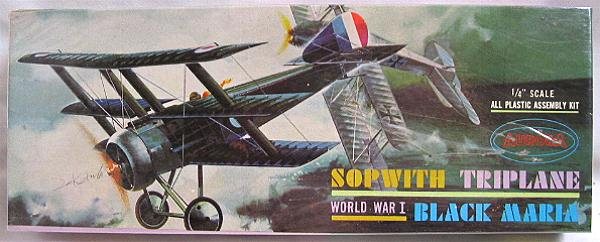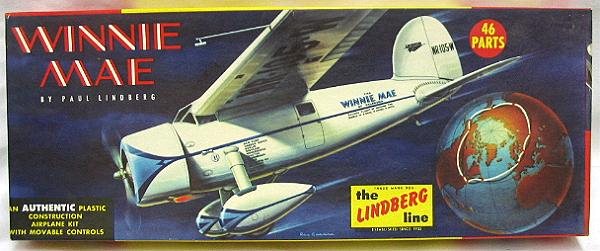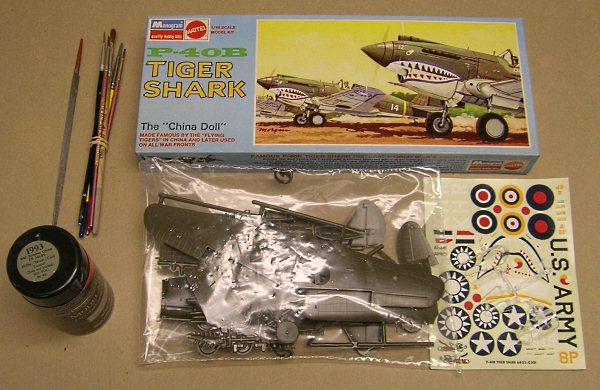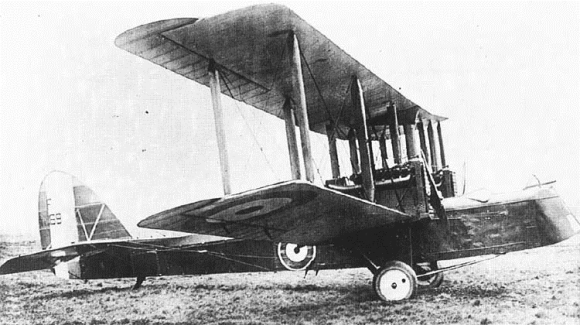By Fred Boucher and with Kit History by Alan Bussie
Kit History
Aurora’s Albatross D-3 [sic] was the fourth model of Aurora’s 20 “Famous Fighters” 1/48 World War One aircraft. It was released in 1956 with five other single-seaters. (Curiously, although Aurora released their “Sopwith Tripe” years later, it was originally numbered 100.)
The initial issue first appeared in Aurora’s 1956 Catalog and on dealer’s shelves the same year. The kit number was 104-69. Jim Cox did the box art and the instructions. 1956 was the first year for the large rectangular ‘Northern Lights’ logo.
First Issue Albatross D3, # 104-69
Aurora rolled out a new logo in 1957. But creating new box art was costly, so they simply modified the old art with the new oval ‘Famous Fighters’ logo with the northern lights on the inside background. The price went up ten cents, changing the part number to 104-79. The Parent’s Magazine seal was added at the left. This issue was probably produced from 1957 until around 1960.
Continue reading “Aurora Albatross D3 (Albatros D.III) Kit Review And History”






